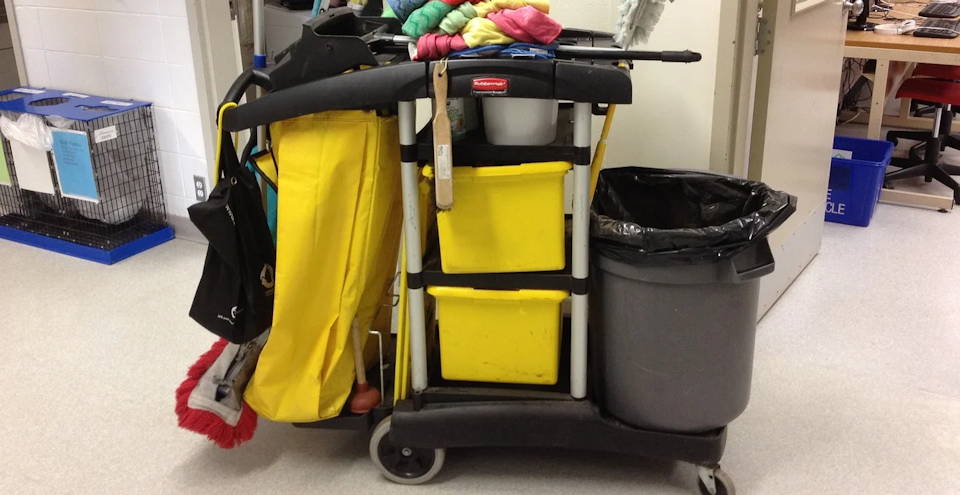A survey involving 660 custodians in Washington State gave some pretty striking feedback about the industry.
To begin with, the survey revealed that one in five of them were injured on the job in the past year, speaking largely to the pace at which they were all required to work. Sadly, we can probably attribute some of that to the mandatory short-staffing that’s been common most of 2020 — causing any cleaners who are on-shift to have to move faster to keep the former pace.
A representative of Washington L&I stated that this information is “similar to a survey of over 500 Australian cleaners, where 91% reported having to rush their work.”
Further, the L&I rep reported that 80% of the Australian cleaners interviewed said they were forced to work at too fast a pace to do a quality job. (Source)
35% of the Washington state survey participants said they felt their equipment forced them to either work more slowly or have to work harder to complete the job. The implication was that their equipment was old, worn out, or not working reliably.
That’s another unfortunate reality of this year. Businesses all over have been hit hard, and particularly for facilities like schools or industrial plants that have in-house cleaning teams, budgets are thin for gear.
We’ve blogged a bit in the past about the benefits of outsourcing cleaning, but it seems even more relevant now.
It’s not to say that any company should replace its in-house cleaning teams, but rather to supplement them. The advantage of outsourcing the cleaning can be quickly summarized to this:
- You avoid the need to upgrade equipment (or as regularly anyway) since that’s all being supplied by your cleaning company
- You can shift some of your spending away from insurance, tax withholding, and social security tax because of it now being toward a contractor and not an employee

